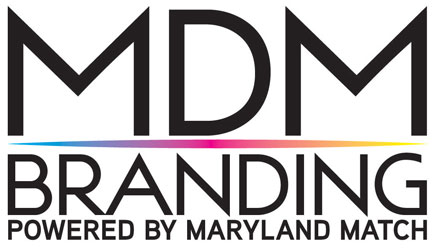Promotional materials hold many benefits for a business. From fostering improved brand recognition to building reputability and trust with customers, promotional materials can aid in any endeavor. There’s more that goes into promotional materials than simply deciding which you’ll invest in, though; you also must think about your design’s implications. How the design works on the material is key to a successful promotional item. Check out this guide on what to consider when designing promotional materials.
Choose a material
The first big decision business owners make when investing in promotional products is the type of material or item they will use. For example, an accounting firm may want to invest in custom pens, while a café should consider promotional drink cups. Consider the consumer-base and in-store utilization. While investing in a unique item may seem like an innovative idea, consider the use the customers have for the item.
Be careful with the color scheme
While established businesses typically have already developed color schemes, it’s important to decide if those colors really work together on the concentrated space of a promotional item. Make sure the colors fully complement each other by comparing and contrasting them on a developed color wheel. Look for a color combination in varying shades of a business’s colors for a sleek and updated look.
Use copy intentionally
What is put onto promotional products is the most important step in designing them. There needs to be enough information for the customer to understand what company provided the item to them and the purpose of the item being distributed at all. A great combination is a logo—if there is a distinct and recognizable one for the business—and a single, brief sentence. Another popular choice is a QR code that leads to more information, although the impressions of each of these is lower than printing a logo.
Remember, less is more
The less information on a promotional material, the better chance a customer will actually read it. When a person is bombarded with excessive text or overwhelming colors, they’re less likely to pay attention to the item, especially in today’s age of market saturation. Consumers train themselves to tune out advertising’s noise, so the only truly effective way to advertise is by not being noisy.

